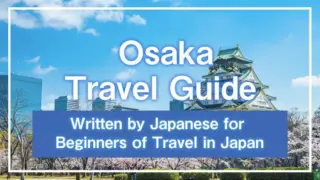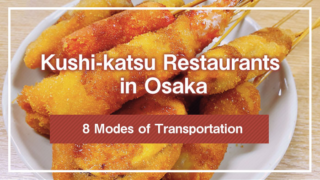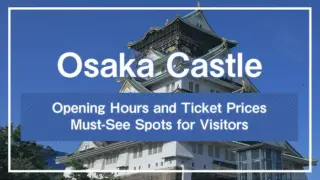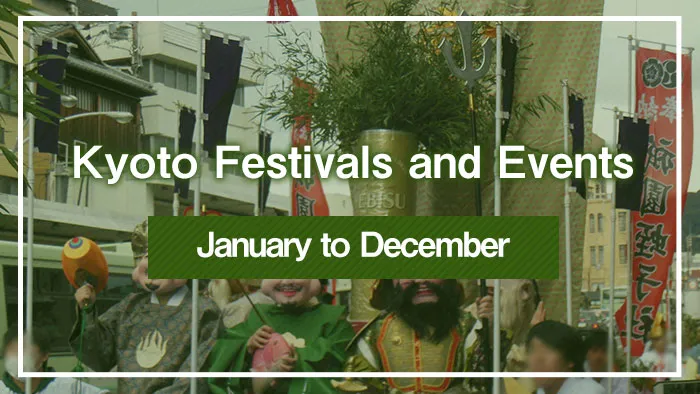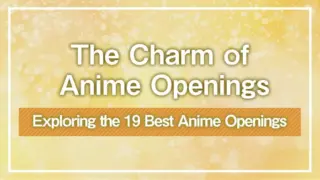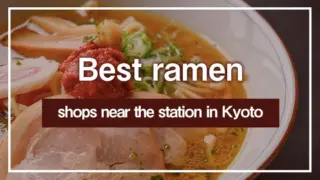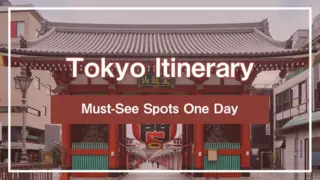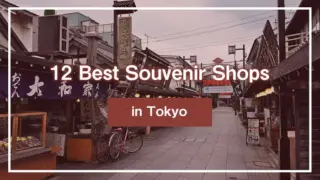The traditional events and festivals held in Kyoto reflect the seasonal beauty and local culture. Each event, such as Toka Ebisu in January, the Gion Festival in July, the Gozan no Okuribi in August, and the Jidai Matsuri in October, has its own unique charm. By joining these events, you can gain a deeper understanding of Kyoto’s history and culture.
This article covers the major events held in Kyoto every month throughout the year, highlighting their attractions. It can help both tourists and locals alike to rediscover and enjoy the charm that Kyoto has to offer.
1. January – February Festivals and Events in Kyoto
Toka Ebisu (January 8-12)
Toka Ebisu is the first major festival in Kyoto after the New Year, dedicated to Ebisu, the god of prosperity and business. Held over five days at Kyoto Ebisu Shrine, each day features different events, including rice cake pounding, dedicatory ceremonies, and processions.
Hadaka Odori (January 14)
The Hadaka Odori, or Naked Dance, is a festival praying for local happiness and a bountiful harvest. Originating in the Edo period, the festival sees local boys and men wearing loincloths performing dances and clapping to express their faith and pray for health, in a spirited event that wards off the winter chill.
Setsubun Festival (February 2-3)
The Setsubun Festival marks the arrival of spring and aims to ward off evil. Held at various shrines and temples, the festival features traditional rituals to drive away illness and evil spirits, along with performances such as kyogen (comic theater). The highlight is the bean-throwing ceremony, in which visitors can also participate.
2.March – April Festivals and Events in Kyoto
Hina Matsuri (March 3)
On March 3, Japan celebrates Hina Matsuri, or Doll Festival, praying for the health and happiness of girls. At Ichihime Shrine, which enshrines female deities, the annual Hina Matsuri includes traditional rituals, as well as experiences like ancient games and tea ceremonies.
Higashiyama Hanatouro (March 4-13)
Higashiyama Hanatouro lights up Kyoto with the warm glow of lanterns and ikebana (flower arrangement) displays. The event illuminates pathways and historical buildings in the Higashiyama area, offering visitors the chance to enjoy Kyoto’s beauty adorned with flowers and lights.
Ouka Festival (April 10)
Hirano Shrine, known for its cherry blossoms since the Heian period, hosts the Ouka Festival. With about 400 cherry trees on its grounds, the festival includes a procession honoring Emperor Kazan, who initiated the festival over a thousand years ago. The procession departs from the shrine, parades through the neighborhood, and finally returns to the shrine.
3.May – June Festivals and Events in Kyoto
Kisha Yabusame Ceremony (May 3)
At Shimogamo Shrine, the Kisha Yabusame Ceremony is held as a prelude to the Aoi Matsuri. This ritual, meant to purify the festival route, features archers on horseback shooting arrows at three targets along a 500-meter track, displaying their skill in traditional attire.
Kifune Festival (June 1)
The Kifune Festival at Kifune Shrine is a major annual event featuring a variety of ceremonies throughout the day. Morning rituals include prayers and performances of dance and music, followed by an afternoon mikoshi (portable shrine) procession. The festival concludes with a performance of Izumo Kagura, recounting the legend of Yamata-no-Orochi, an eight-headed and eight-tailed Japanese dragon.
4.July – August Festivals and Events in Kyoto
Gion Festival (July 1-31)
Gion Festival, one of Japan’s three major festivals alongside Tokyo’s Kanda Festival and Osaka’s Tenjin Festival, is renowned for its grandeur. Spanning an entire month, the festival envelops Kyoto in a vibrant festive atmosphere. The highlights are the processions on July 17 (Saki Matsuri) and July 24 (Ato Matsuri), where the Yamaboko floats parade through the streets of Kyoto.
Gozan no Okuribi (August 16)
Gozan no Okuribi, also known as Daimonji, is a traditional event marking the end of the Obon period, when ancestral spirits return to the afterlife. Five mountains around Kyoto are lit with large bonfires in the shapes of various characters and symbols:
- Daimonji (大) on Higashiyama
- Myo and Ho (妙と法) on Matsugasaki
- Funagata (舟形) on Nishigamo
- Hidari Daimonji (左大文字) on Okitayama
- Torii-gata (鳥居形) on Saga
This event is one of Kyoto’s significant traditional festivals and is registered as an intangible folk cultural asset by the city of Kyoto.
Kameoka Peace Festival Hozugawa Fireworks (August 11)
The Hozugawa Fireworks Festival is one of Kyoto’s prominent fireworks displays. In 2024, 10,000 fireworks are planned, with the highlight being an enormous firework with a diameter of approximately 500 meters. Visitors can enjoy the dazzling display and the booming sounds lighting up Kyoto’s summer night sky.
5. September – October Festivals and Events in Kyoto
Tsukimi (September)
Tsukimi, or moon viewing, is a traditional event to enjoy the beauty of the autumn moon. Various locations in Kyoto hold events such as tea ceremonies and offerings to the moon, celebrating the transition from summer to autumn.
Jidai Matsuri (October 22)
Jidai Matsuri, one of Kyoto’s three major festivals alongside Aoi Matsuri and Gion Festival, features a procession of about 2,000 participants and approximately 70 horses and oxen. The 2-kilometer procession depicts various eras of Japanese history, beginning with the Meiji Restoration of the 19th century and ending in the Heian period of the 8th century.
Kurama no Hi Matsuri (October 22)
Kurama no Hi Matsuri, or the Kurama Fire Festival, involves lighting torches in front of homes as evening falls. The highlight is when men carry large torches weighing about 80 kilograms through the streets of Kurama. This unique fire festival is known for its spectacular sight of the torch flames and the men carrying them.
6. November – December Festivals and Events in Kyoto
引用:平野神社
Kyokusui no Utage (November 3)
Kyokusui no Utage is an event where seven poets dressed in Heian period costumes compose and recite waka poems, which are then offered to the gods. This event, which was originally mainly held from the Nara to Heian periods, recreates ancient poetry gatherings and allows visitors to experience Japanese history.
Chakuzome-shiki Yoroi no Gi (November 23)
The Yoroi no Gi, initiated in 2008, is a relatively new festival which has been gaining popularity and features participants dressed in armor parading through the grounds of Kamigamo Shrine. The event aims to pray for children’s health and growth, allowing participants of any gender to wear armor and join the procession.
Joya no Kane (December 31)
Joya no Kane is a sacred event on New Year’s Eve, where temple bells are rung 108 times to symbolize the removal of the 108 earthly desires. While monks often ring the bells, some temples also allow the general public to participate. Due to high interest, some temples may ring the bells more than 108 times to accommodate everyone.
Conclusion
Kyoto’s annual events and festivals are important events in symbolizing the city’s history and culture. From Toka Ebisu in January to Gion Festival in summer, Jidai Matsuri in autumn, and Joya no Kane in winter, each event offers unique seasonal experiences.
These festivals provide an excellent opportunity to immerse in Kyoto’s rich history and culture. When visiting Kyoto, participate in these events to connect with local traditions and heritage. Checking the schedule in advance and planning your visit can help you fully enjoy Kyoto’s charm.
*This article is based on information available as of July 2024.

